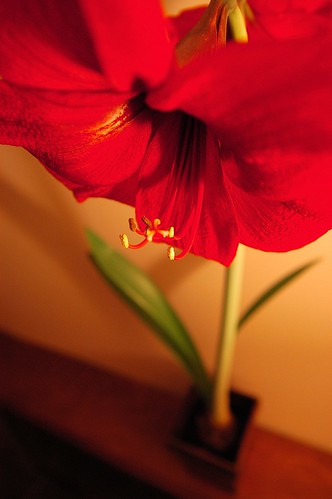
One of the first things that you can do to improve your images is to turn your flash off. This is especially true if you take pictures of people. The flash which is built into your camera is quite powerful — in fact, it’s too powerful. What’s worse is that all that power is focused right in the middle of your picture.
Try this exercise. Either find a large window (if you’re shooting indoors) or a shade tree (for outdoor shots) and position your subject so that they are facing the source of light. Now, take some pictures — some with the flash on and some with the flash off. Take those pictures, download them to your computer (assuming you’re using digital), and take a look at them. I’m going to guess that the overall color quality is better with the flash off than it is with the flash on.
I’ll get into more details on this topic in a later post, but for now, play around with your camera’s flash turned off. It’s not always possible to take the pictures you want without a flash, but there are a lot of times when using the the flash is entirely unnecessary and lowers the color quality of an otherwise great image.
The images that I’m showing here were all taken indoors without any flash or strobe equipment, just a big window on an overcast, yet bright day.
